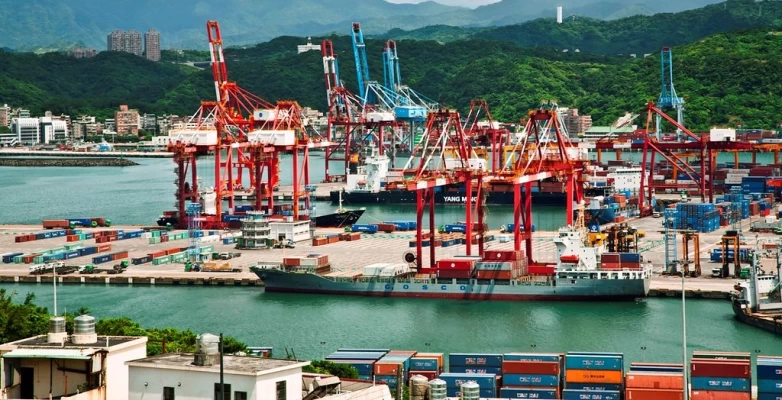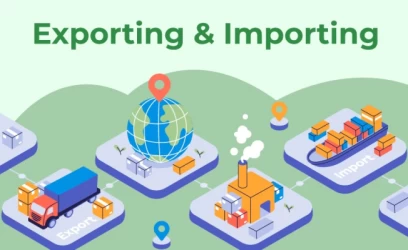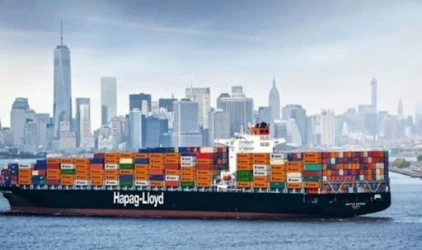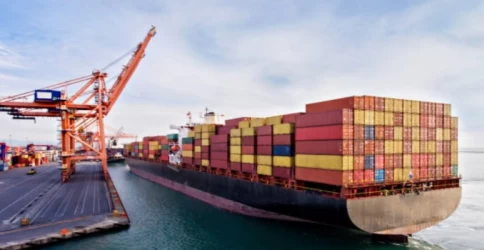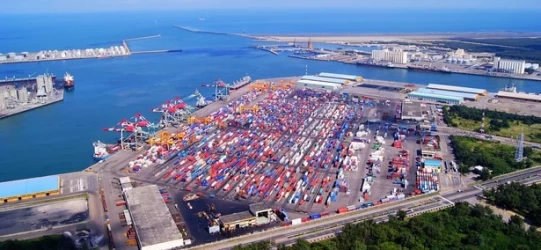Sea Freight in Keelung Port
Keelung Port, located in northern Taiwan, is one of the most significant maritime gateways in East Asia. Known for its strategic location and advanced infrastructure, Keelung Port plays a crucial role in global sea freight, facilitating the movement of goods between Asia and the rest of the world.
Historical Background
Keelung Port has a rich history dating back to the 19th century. Initially developed as a military port, it gradually transformed into a commercial hub. Over the decades, the port has undergone numerous expansions and modernizations to accommodate the growing demands of international trade.
Infrastructure and Facilities
Keelung Port boasts state-of-the-art facilities designed to handle a wide variety of cargo types. The port is equipped with multiple container terminals, bulk cargo terminals, and specialized facilities for handling hazardous materials. Key terminals include:
- CCTC Keelung Container Terminal (WUDU)
- ULIC Eastern Port Terminal (ULIC)
These terminals are equipped with advanced loading and unloading equipment, ensuring efficient and safe cargo handling.
Major Shipping Lines and Routes
Keelung Port is a hub for several major shipping lines, including CMA CGM, Maersk, Evergreen, and Hapag-Lloyd. These carriers offer extensive coverage, connecting Keelung with key ports across Asia, Europe, and the Americas. The port’s strategic location makes it an ideal transshipment point for goods moving between the East and West.
Economic Impact
The economic significance of Keelung Port cannot be overstated. It serves as a critical node in Taiwan’s export-oriented economy, facilitating the movement of electronics, machinery, textiles, and other goods. The port’s operations generate substantial revenue and employment opportunities, contributing to the local and national economy.
Environmental and Sustainability Initiatives
In recent years, Keelung Port has implemented several initiatives aimed at reducing its environmental footprint. These include the adoption of green technologies, such as shore power systems and energy-efficient cranes, to minimize emissions. The port also participates in international environmental programs to promote sustainable maritime practices.
Challenges and Future Prospects
Despite its many strengths, Keelung Port faces several challenges. These include competition from other regional ports, the need for continuous infrastructure upgrades, and environmental concerns. However, with ongoing investments and strategic planning, Keelung Port is well-positioned to maintain its status as a leading sea freight hub.
Conclusion
Keelung Port remains a vital player in the global sea freight industry. Its strategic location, advanced infrastructure, and commitment to sustainability ensure that it will continue to play a key role in international trade for years to come.
if you have a specific question or need more details about Keelung port, Iran's logistics experts are your answer!

